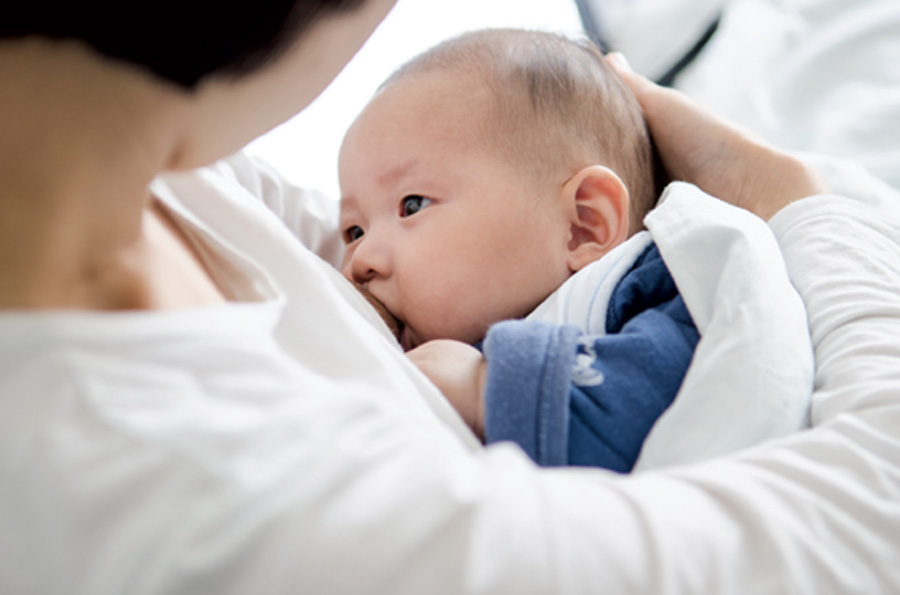Feeding is the most important thing that parents do for their children. During feedings, your baby is awake and you can deepen your relationship with them. This page will help you learn how to feed a newborn baby, whether you breastfeed or give formula in a bottle.

Fed Is Best—You Can Choose How
Some parents breastfeed. Breastfeeding has important health and emotional benefits for both mothers and babies. Breast milk protects babies from infections, allergies and other health conditions. Breastfeeding helps mothers recover from the birth and also helps a mother and baby form a close connection. Some mothers need help with breastfeeding at first. Some parents feed their babies formula. Like breastfeeding, bottle-feeding is a time when parents can connect with their babies by holding them close, looking at their faces and talking or singing to them.
How Often to Feed Your Newborn
Try to feed your baby when they are hungry, not on a schedule. Watch for your baby’s signs of hunger. They may open their mouth, turn their face toward you, smack their lips or start fussing. Try to start feeding when you see signs of hunger, before your baby starts to cry. Most newborns need to be fed every two to three hours during the day and at night.
How to Know If Your Baby Is Eating Enough
To know if your baby is eating enough, you can keep track of their diapers. In the first few days,your baby should have two to three wet diapers. After that, five to six wet diapers mean they are getting enough to eat.
Tongue-Tie and Lip-Tie
Tongue-tie is when the skin under the tongue doesn’t let the tongue move easily. Lip-tie is when the lip doesn’t move easily because it’s connected closely to the gum. They can make it harder for babies to eat or make certain sounds. These conditions affect a small number of babies and don’t always cause problems. Talk to your baby’s doctor if you are worried.
Burping Basics
Burping is gently patting or rubbing your baby’s back. It helps your baby get rid of the air they swallow during feedings. Here are some tips:
- If you breastfeed, burp your baby before you switch breasts.
- If you bottle-feed, burp after 3 to 5 minutes of feeding, or after your baby has drunk 2 to 3 ounces.
- Have a rag ready to catch spit-up.
You can burp your baby in different positions:
- Sitting upright in your arm, with their head against your shoulder.
- Sitting upright in your lap, while you support their head and chest.
- Lying on their tummy on your lap, while you support and slightly raise their head.
If You Need Help Feeding Your Baby
For advice and help, contact La Leche League, the Arizona Pregnancy and Breastfeeding Helpline, WIC, or your doctor.
If your baby has serious, ongoing trouble with feeding, talk to their doctor. Feeding Matters has more information about this problem.
The First Things First Parent Kit was developed in partnership with Health Research for Action/UC Berkeley. © 2022 The Regents of the University of California. Additional video, graphic and other content © 2022 First Things First. All rights reserved.

